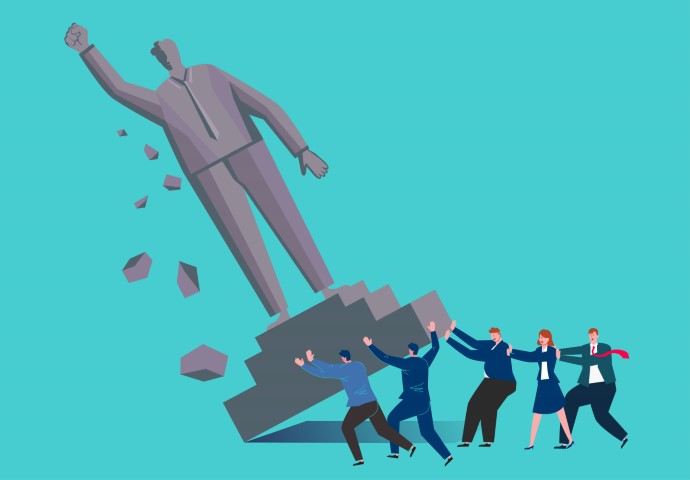
By Jessica Berget, Editor-in-Chief
There is a lot of debate on the issue of removing statues memorializing people who have done terrible things or have bad histories. As protests and riots persist in the US with the Black Lives Matter movement and the death of George Floyd, many statues have been petitioned to be removed because of their colonial or racist past, and the same rhetoric has carried over to Canada.
In recent times, statues of both Canadian and Vancouverite historical figures have had petitions put forth to be removed, some have become targets for vandalism, and some are becoming destroyed by radicals in protest. Locally, the “Gassy Jack” statue of John Deighton in Gastown has been vandalized with paint and an online petition has gathered more that 1500 statues in less than a week. His marriage of a twelve-year-old Squamish girl being the reason for this animosity. Statues that have ties to colonialism have been under the same scrutiny. George Vancouver—the guy from who we get our city’s namesake—was also was vandalized on earlier this month for similar reasons.
While it is true that many of these statues of people have pasts which are now frowned upon and some have done things that we would now consider atrocities, does removing or destroying the statue really make anything better? Does it make all the past trauma and awful history of our country go away? Absolutely not.
Although I don’t condone most of the things that these people did and am disgusted by many of the things they did, removing the statues isn’t necessarily a step in the right direction. I also don’t think removing these statues will necessarily “erase history” as some claim, but it is important to have these monuments since they are an opportunity to explain the significance and flaws of the people behind the statues. For example, some walking tours that go through the area mention Jack’s pedophilia. All human beings are flawed—especially in the past when horrible things were more normalized—so someone who may have done something historically good (like settling a city for generations of people to live freely in) may also have a sour history of violence and abuse. It is important to learn about these figures within the context of their times. We can still celebrate their contributions realistically without glorifying their character.
There’s also the argument that these statues not only represent an oppressive and racist past but also represent institutional racism that continues to exist today. But, these statues represent a person who lived in a miserable, arduous, and often horrible part of history and were huge figures in the creation of our much safer cities, nations, and civilizations as we know it. If that’s not who we should have statues of, I don’t know what other options we have. Furthermore, if it is white washing or colonial history we are concerned with promoting, why don’t we use the same energy and tax dollars to erect other statues that offer representation for more people?
Some carry painful memories of terrible things that happened back then and that many people are feeling the trauma of today. It may be uncomfortable or even unpleasant to be reminded of these times, but there’s no denying or forgetting that they happened. Removing or destroying these monuments will not erase history, but it can skew it and make people forget. Haven’t we all heard the term “out of sight, out of mind”?


